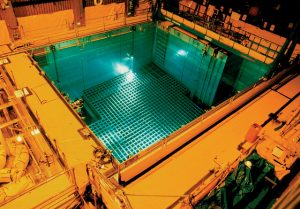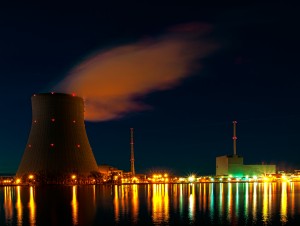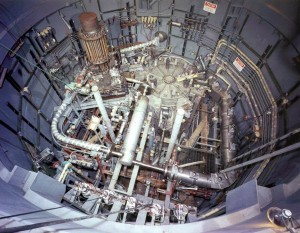3 item(s) were returned.
Senior Scientist
UFA Ventures, Inc.
In January, the U.S. House of Representatives passed the Advanced Nuclear Technology Act of 2017 (ANTA). At the same time, the latest version of the Interim Consolidated Storage Act (ICSA) was introduced. These bills address two of the most important recommendations made in 2011 by then President Obama’s Blue Ribbon Commission on America’s Nuclear Future (the BRC). The nuclear power industry has also been waiting for legislation to break the logjam of bureaucratic red-tape that has hamstrung developing and building new-design reactors as well as to create a central place for used fuel that can be burned later. ANTA would… [more]
View InsightJ.C. Ward Jr. Professor of Nuclear Energy Engineering
Cornell University
“Sustainable future” advocates seem to believe that solar, wind and hydro-electricity will eventually make up close to 100% of our energy generation, but there are benefits to having “central station” power plants in addition to distributed power generation. If the goal is to reduce greenhouse gas (GHG) emissions while assuring the health of our economy, the most viable way of generating central station power at present is nuclear fission. Central station power complements distributive power generation in two important ways. Central station power plants are better able produce power on a small area relatively close to where the energy will… [more]
View InsightPresident
Kadak Associates, Inc.
Today there are 100 nuclear plants operating in the United States, providing roughly 17% of our electricity. They do so with water technology developed in the 1960’s and 1970’s and many of these plants are extending their licenses from 40 to 60 years after careful regulatory review. Even new design nuclear plants such as Westinghouse’s AP-1000 and General Electric’s ESBWR are fundamentally the same technology, which are described as evolutionary. Yet today there are many new innovative designs and technologies that are being developed that are not water based. These innovators face enormous challenges in coming up with new designs… [more]
View Insight

